Portland artist Daniel Minter is trying to reclaim the Abyssinian Meeting House for its intended purpose as a place where people of color can gather, create community and express themselves and their culture.
Minter is organizing an art show for this month at the Abyssinian on Munjoy Hill’s Newbury Street in hopes that the community will see the art and explore the building and its history. But mostly, he wants to fill the space with life. Opening Friday, “A Distant Holla” marks the first time since the Abyssinian closed as an African-American house of worship in 1917 that it will be used as gathering place for the community that built it.
Minter asked other artists of color from Maine, including David Driskell, Elizabeth Jabar and Derek Jackson, to choose work to display based on their response to the space and its spirit. He chose from his own works with that idea in mind, and he has invited musicians Michael Wingfield, Samuel James and others participating in the show to do the same.
“It’s hard to explain exactly what it is going to be, because I want it to be open to some experimentation so that if there are dancers who wish to dance, they can dance. If there are singers who wish to sing, they can sing. But it’s not a staged performance,” said Minter, a painter, printmaker and sculptor. “We want to bring that spirit of life back into the building. You feel that absence when you go in there, and you know it needs it. That space is calling for the human presence.”
A CENTURY WITHOUT ITS SOUL
That human presence, and the expression of culture and self that come with it, has been missing for the past century. After the Abyssinian closed as a meeting house, it was converted into apartments and later abandoned, turned over to the city for back taxes. Efforts to restore it have slogged on since 1998, when the city sold it for a small fee to the nonprofit Committee to Restore the Abyssinian.
Minter’s art installation aims to restore dignity to the building by filling it with contemporary African-American art that responds to and resonates with the voices of the past within the Abyssinian, across Maine and the larger African diaspora. Consisting of paintings, sculptures and objects, Minter’s work is spiritual and symbolic, reflective of his community in Maine and the echoes of his personal and wider cultural past.
Born in Georgia, Minter lived in Chicago and Brooklyn before moving to Maine in 2003. He was the visionary behind the Portland Freedom Trail, and he serves on the boards of the Ashley Bryan Center and The Illustration Institute. He teaches at the Maine College of Art. He’s illustrated nearly a dozen children’s books, and twice created Kwanzaa stamps for the U.S. Postal Service.
The Abyssinian is one of Maine’s most historic and significant buildings. Built in 1828, it is the third-oldest African-American meeting house in the United States. It has served many purposes, including as a place for concerts and speakers, temperance meetings and a gathering spot for the Female Benevolent Society.

A sketch of the Abyssinian Church, from the Maine Historical Society’s collection.
But its greatest calling was as a beacon of hope for black people. It was the focal point for Portland’s African-American community in the 19th century, with an active congregation for nearly a century. Its founder, Reuben Ruby, was active in the anti-slavery movement, and its first full-time minister, the abolitionist Amos Freeman, was an underground railroad agent, receiving escaped slaves and moving them along.
In addition to being Maine’s oldest black church, it also was a segregated public school before the Civil War and was among the few buildings on Munjoy Hill that survived the Great Fire of 1866. It was listed on the National Register of Historic Places in 2006, and it is the only Underground Railroad site in Maine recognized by the National Park Service.
ART SHOW AS COMMUNICATION
Today, it stands in disrepair, two sides of the building in need of siding, the restoration stalled by slow fundraising. “A Distant Holla” is not a fundraiser. It is meant to show people what the building could become – and what it once was.
“It was important that it not be a fundraiser,” Minter said. “This is a communication, an acknowledgment of the historical importance of the Abyssinian Meeting House, and this is to show the strength of the Abyssinian when it functions as it is supposed to function and as it once functioned.”
From this, he said, fundraising can begin.
Minter’s interest in the Abyssinian dovetails with the resurrection of the Black Artists Forum, a loosely organized group in Portland that had become inactive in recent years. Minter was looking for a project to get it going again. The Abyssinian was an obvious choice.
“At first we were thinking something small, but it’s become a big effort to reach out to the whole community, to bring them inside the Abyssinian and let them see what’s going on there, the type of projects that have been done and need to be done, and quickly raise the funds to finish that building,” Minter said.

Portland artist Daniel Minter organized an art show opening Friday at the Abyssinian Meeting House, which is in the midst of renovations. “I want (the show) to be open to some experimentation. … We want to bring that spirit of life back into the building,” Minter said. Staff photo by Brianna Soukup
Pamela Cummings, a member of the Abyssinian board, said “A Distant Holla” will serve as a springboard for more focused fundraising. The Committee to Restore the Abyssinian is always trying to raise money, she said, and has set a $3 million fundraising goal to complete the project. It’s about a third of the way there, and is taking a pay-as-you-go approach.
It has immediate needs for about $67,000 to finish the exterior clapboard siding, so the building looks better and is protected from the elements. Another $200,000 will finish a complicated basement project that began several years ago to abate a small stream that ran underneath and undermined the structure. The stream has been abated, and the basement now has a finished concrete floor.
When those projects are complete, a much larger and more costly project will involve restoring the primary interior space.
HOW INVESTMENT MIGHT PAY OFF
Greater Portland Landmarks has identified the Abyssinian as a “hidden gem” in Portland. That group was instrumental in having it included in the National Trust for Historic Preservation’s Top Endangered List in 2013, a designation that brought attention to the significance of the Abyssinian and its tenuous condition. Greater Portland Landmarks placed it on its own Places of Peril list in 2012.
As director of education for the Committee to Restore the Abyssinian, Cummings hopes “A Distant Holla” will show the community how an investment in the Abyssinian might pay off. “What Daniel is doing is giving everybody a view of what the Abyssinian, once restored, will look like,” she said. “These are the kinds of programs that we will have going on in there.”
Wingfield, a percussionist from Portland, will play rhythms from Africa and the Caribbean and respond to the vibe of the moment. The Abyssinian, he said, is important to “any of us of any pedigree of African heritage.”

Work was done on the Abyssinian Meeting House in 2009, but the restoration has been stalled by slow fundraising. 2009 Staff File Photo
Wingfield knew about the Abyssinian but had never been inside until meeting with Minter and other artists about the exhibition. “The first time setting foot in there, I could feel and I could hear the voices from the past,” he said. “If the walls could talk, they would tell us stories of trials and tribulations.”
THE PAST AS COMMUNITY UNIFIER
The Abyssinian was born of oppression. Its resurrection will be through inclusion.
People are motivated to reclaim their past because it helps root them in community and tie them to place. What’s happening with the Abyssinian is reflective of efforts in other communities across the country, as each successive generation gets farther from its historical origin, said Barbara Earl Thomas, an artist from Seattle who lectures on contemporary American culture.
Thomas and Minter are friends, and have shown art together over the years. She is familiar with the Abyssinian project, although she’s never visited the space.
The effort to connect, she said, is being led by young people who want something tangible to tie them to the past with authentic contemporary relevance.
For this project to succeed it must involve the entire community, she said.
“This is an opportunity where all people can come together and think about that portion of our history that belongs to all of us, in a space that emanates from a portion of our history that is still quite painful to all of us,” Thomas said. “It is a place where we can talk about or have celebrations or ceremonies that uncover and allow us all to recognize that this is a part of our history that has never quite been shaken out in the light of day.”
Bob Keyes can be contacted at 791-6457 or at:
bkeyes@pressherald.com
Twitter: pphbkeyes
Send questions/comments to the editors.


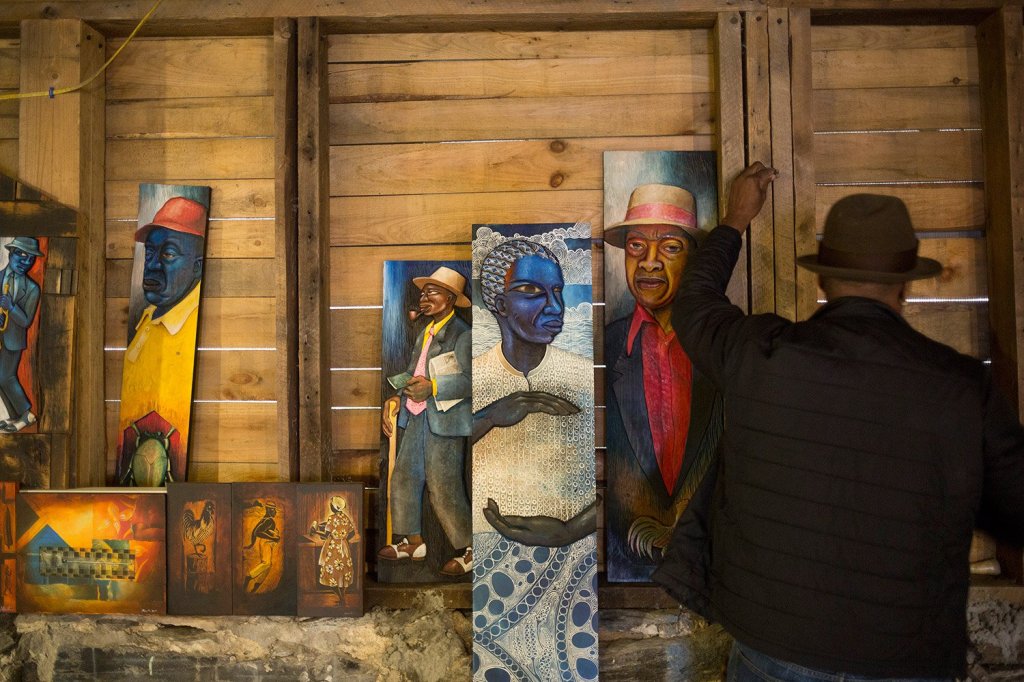
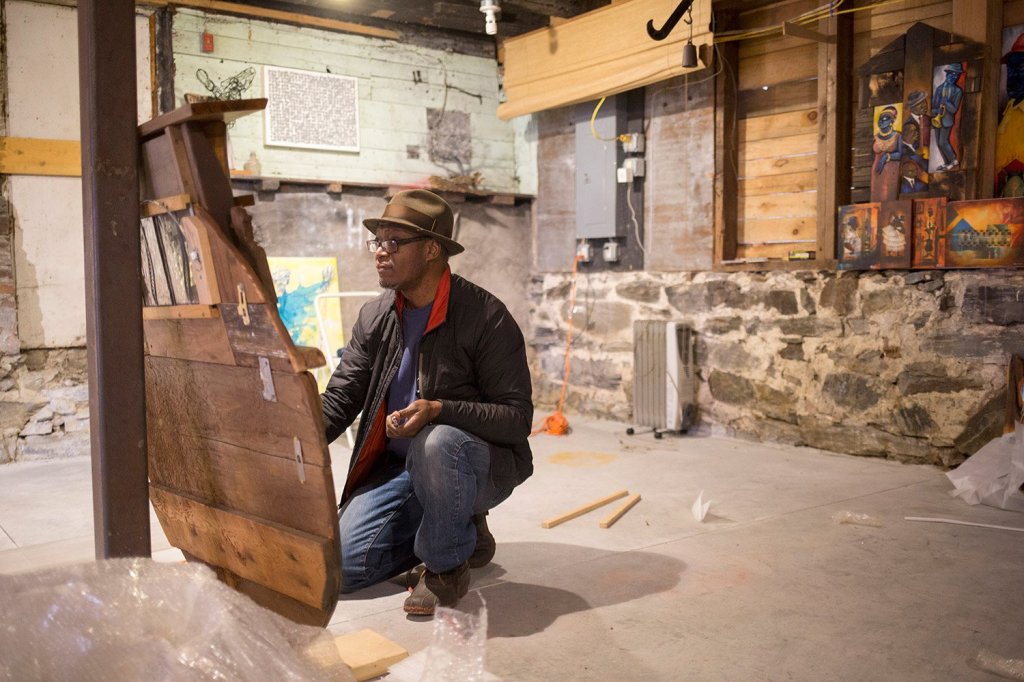
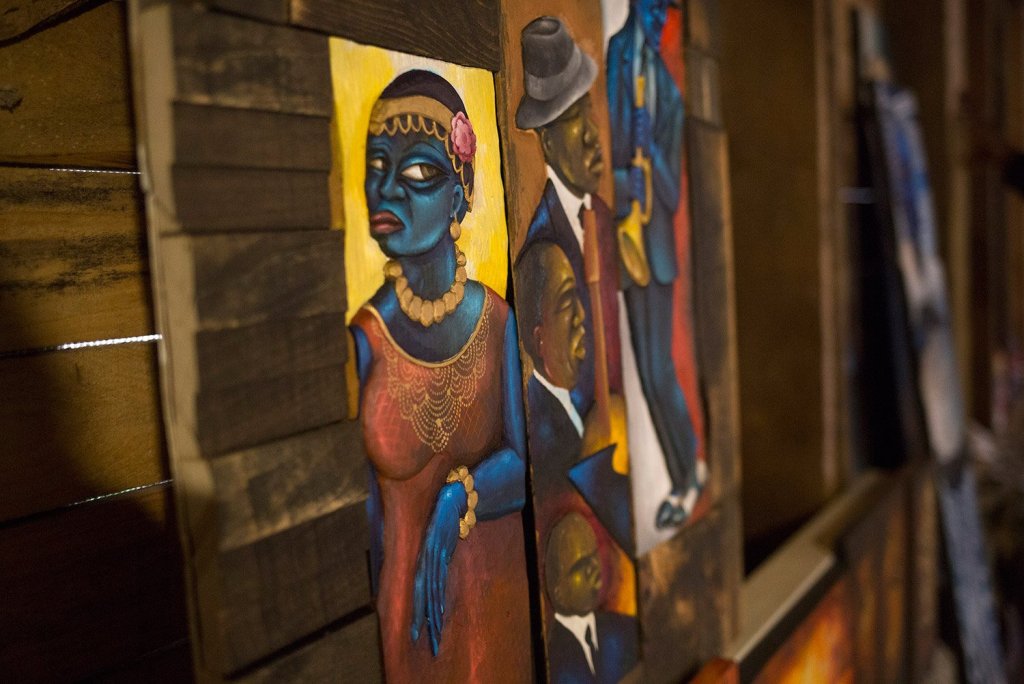

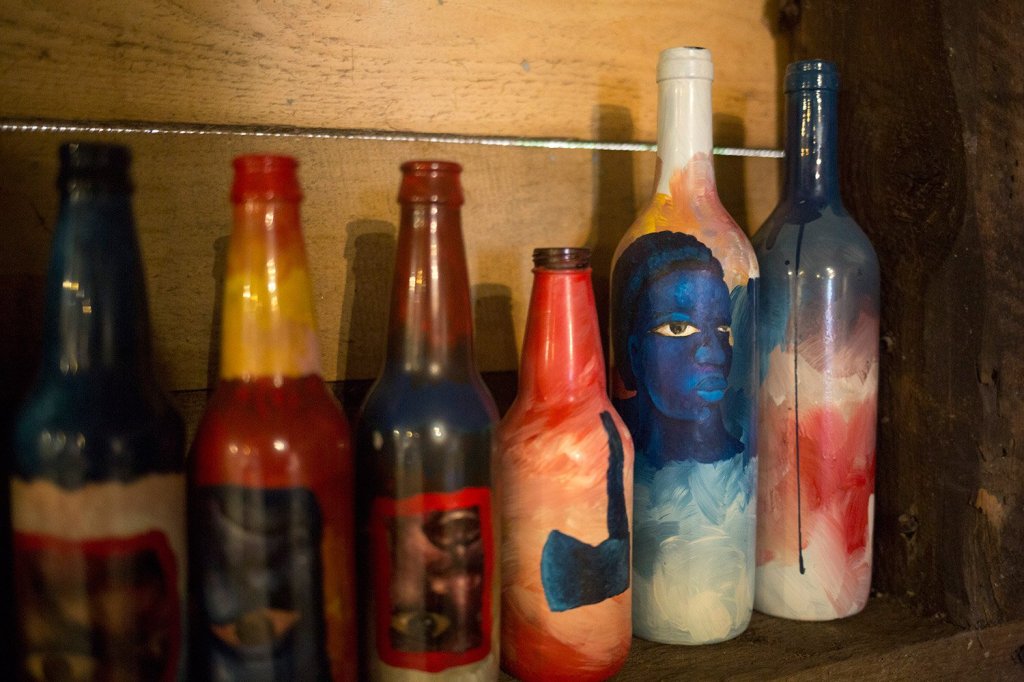
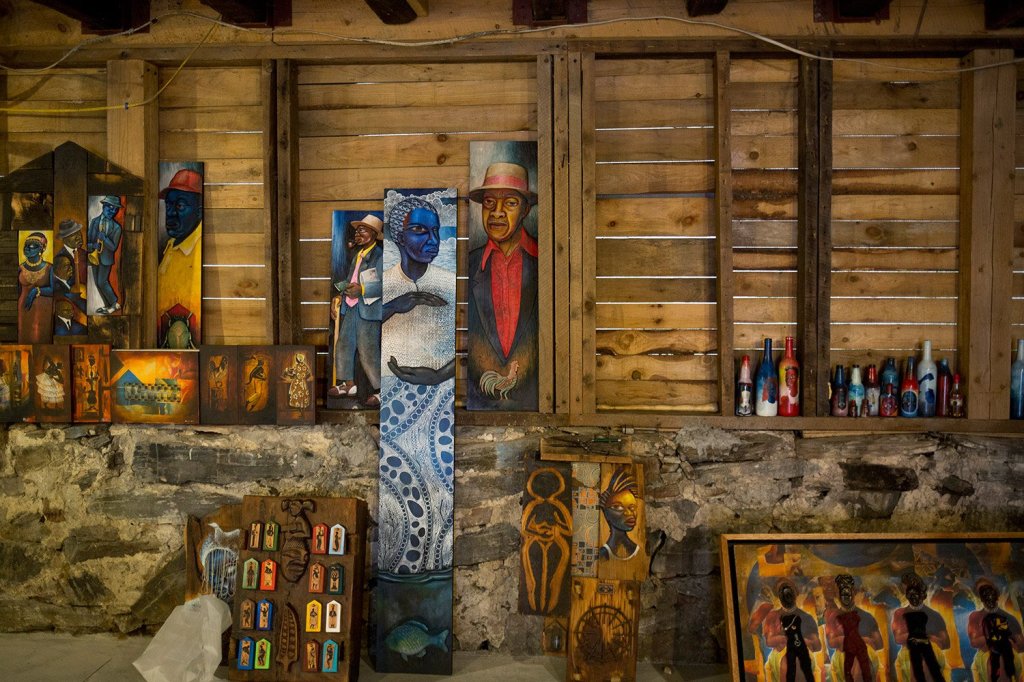

Comments are no longer available on this story